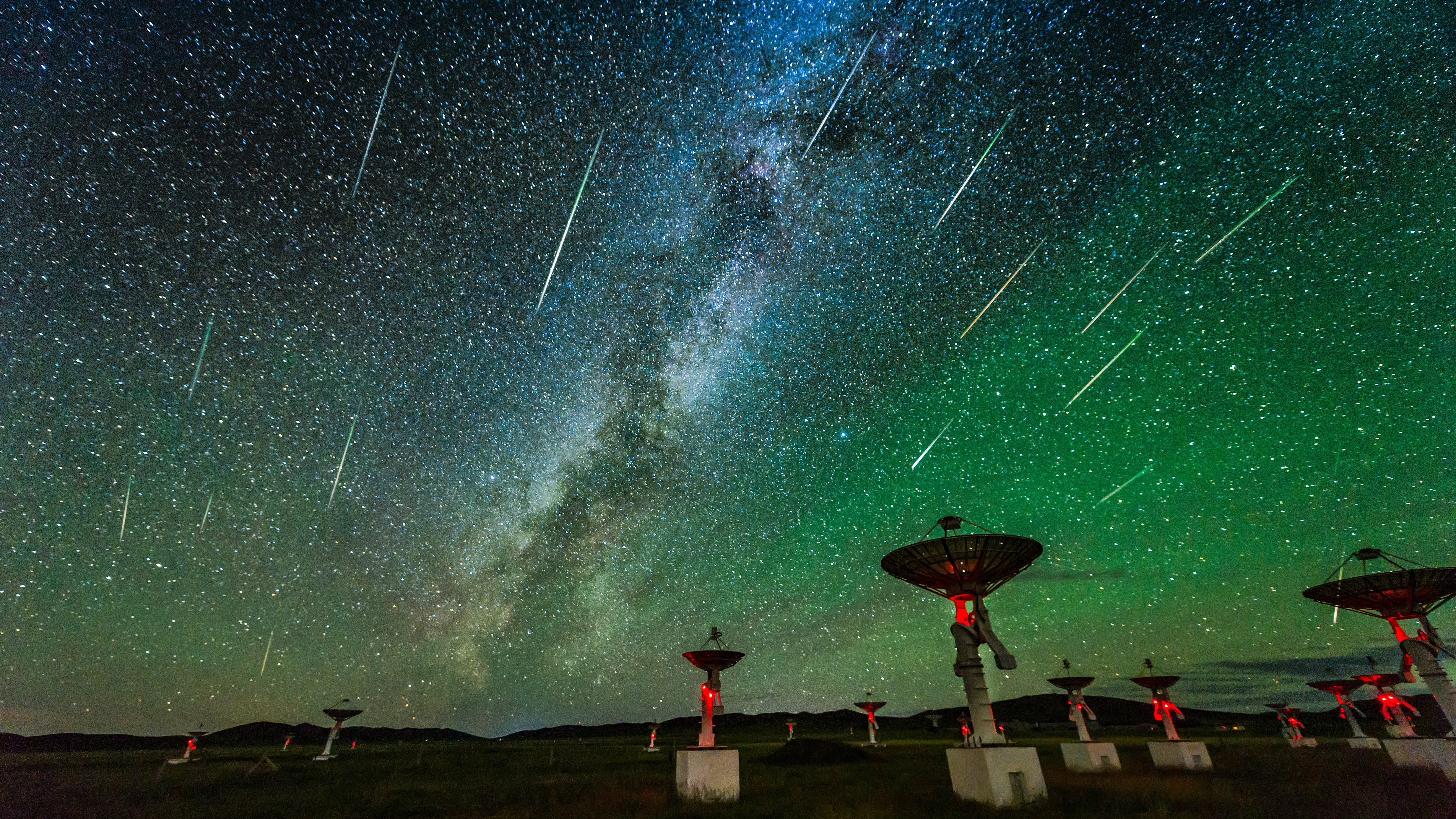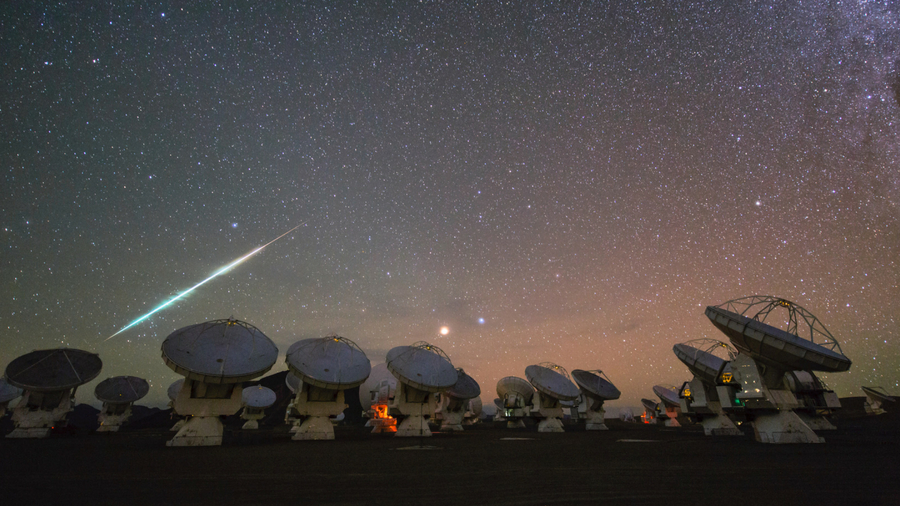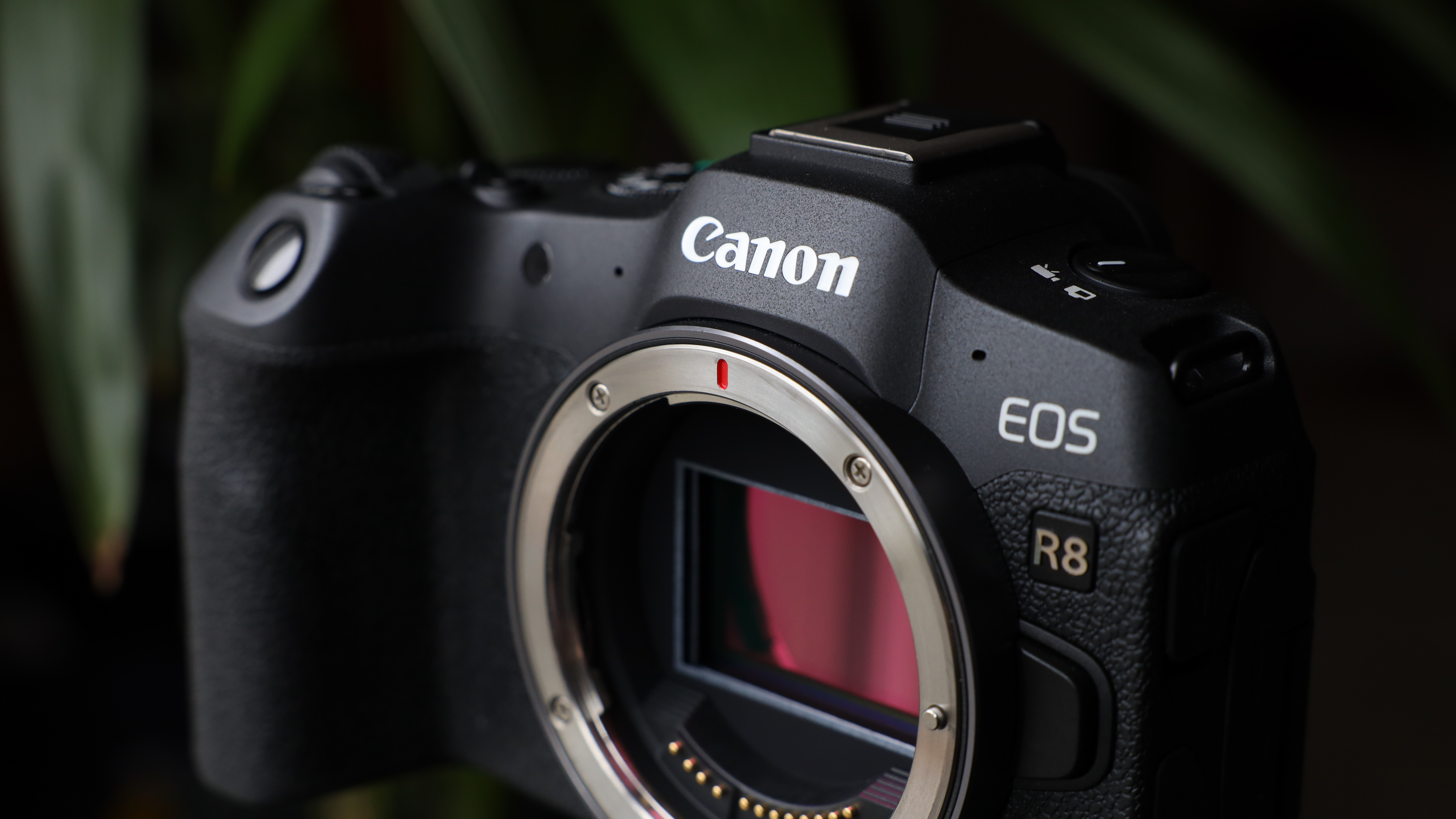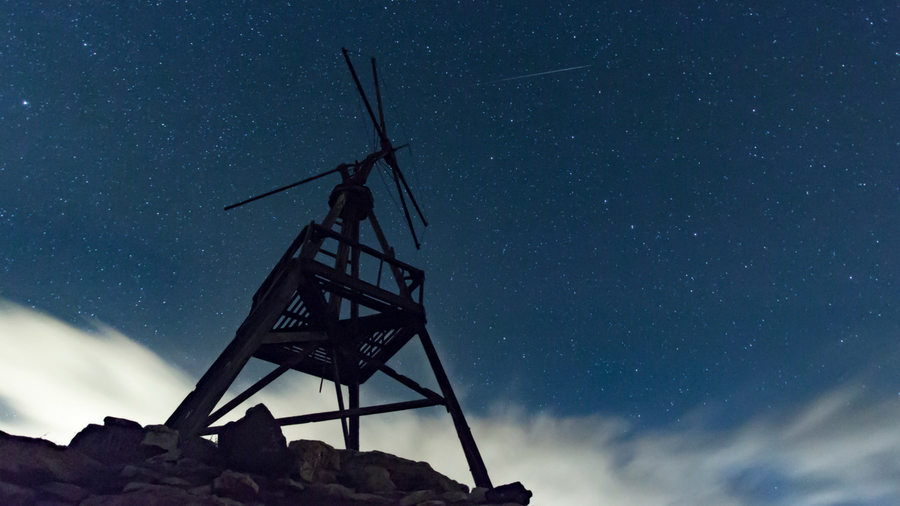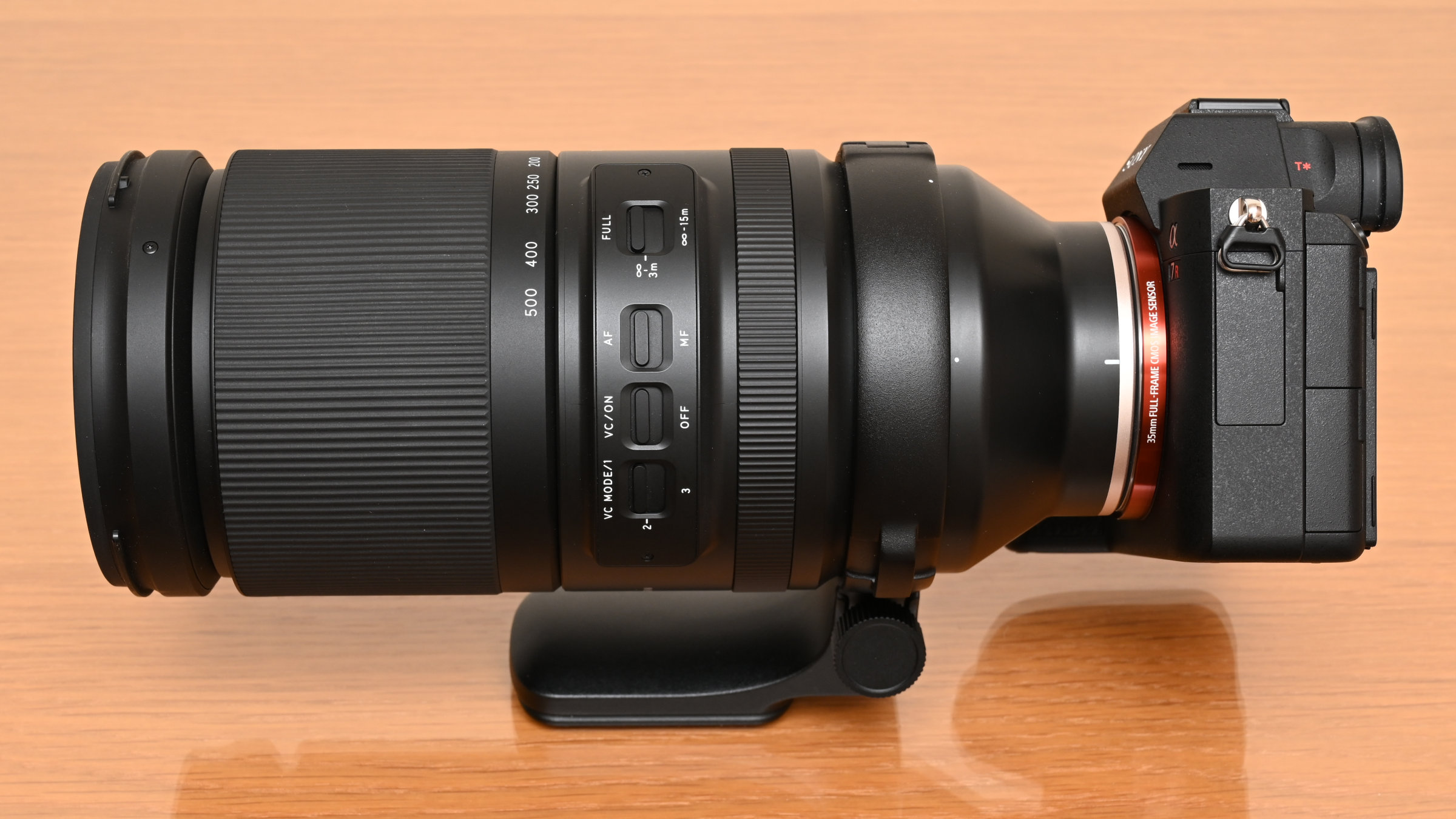How to photograph the stunning Perseid meteor shower
Everything you need to know to capture the annual Perseid meteor shower in 2025
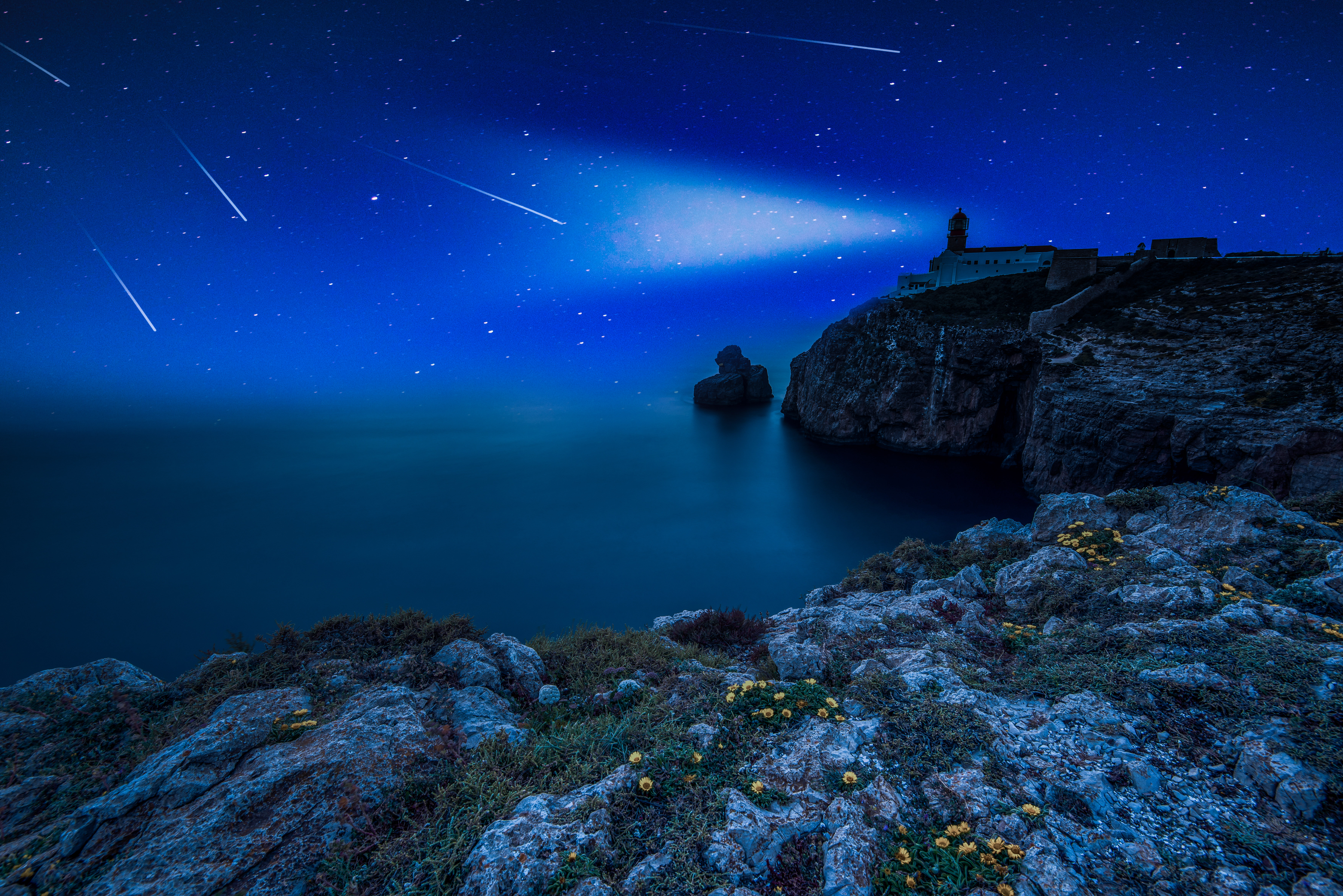
The annual Perseid meteor shower is normally one of the stand-out celestial events for astrophotographers in the northern hemisphere. However, this year’s star-studded display will be sullied by the presence of the moon, which only reached full illumination a couple of days ago and will therefore affect visibility. And yet it’s still a great event to shoot in the night sky this August.
The meteor shower technically began in mid-July and will continue until August 24, but it peaks over the next couple of days on August 12 and 13. But I suggest photographing the Perseids on the evening of August 15, because the moon doesn’t rise until close to midnight, providing a small window of opportunity when the night sky is at its darkest.
Technically, the most prolific meteor shower of the year is the Geminids in December, when it's possible to see up to 120 shooting stars per hour. This year’s meteor shower is set to coincide with a waning crescent moon, providing darker skies and therefore the potential for more photo opportunities than the Perseids.
With the right astrophotography tools it's possible to photograph shooting stars on any night of the year. But meteor showers like the Perseids bring incredibly high activity – and lots of opportunity for stunning night sky photography. So what is the Perseid meteor shower? And why does it happen?
Well, it's called ‘the Perseids’ because the meteors appear to originate from the constellation of Perseus – it’s ‘radiant point’. The Perseids occur when the nights are reliably warm and the skies are more likely to be clear in much of the northern hemisphere.
What is a shooting star? Essentially, it's just dust. Earth’s orbit of the Sun often takes it through stacks of debris left in the solar system by comets and asteroids. Mostly it's just dust particles – no bigger than grains of sand – that Earth's atmosphere slams into. As it does, these particles energize briefly and become disintegrating meteors. If you're standing on the night side of Earth in complete darkness, you'll see a shooting star. The pile of particles that cause the Perseids comes from Comet Swift-Tuttle, which last passed through the solar system in 1992 on its 133-year-long orbit of the Sun.
The trouble is, a shooting star typically only lasts a split-second – though occasionally as long as a second – as it streaks across the night sky. That doesn't give you enough time to react to it, so your camera's shutter needs to be already open, ready, and waiting for the light from a shooting star to hit its image sensor. That means long exposures of up to 30 seconds or beyond.
The best camera deals, reviews, product advice, and unmissable photography news, direct to your inbox!
What's so special about the Perseids?
An annual highlight of the astrophotography calendar, the Perseids meteor shower can rain down well over 50 meteors per hour, sometimes as many as 200. If the moon is out of the way, it can be a stunning experience.
Called the ‘Tears of St. Lawrence’ by Catholics because of its timing near a saint’s day, shooting stars from the Perseid meteor shower are fairly swift, striking Earth’s atmosphere at 37 miles/60 kilometres per second. They often have persistent ‘trains’ behind them that make them ideal to capture in long exposure photographs.
When and where to see the Perseids
It’s better to go for a clear sky and slightly fewer meteors a few days before or after the predicted peak than to plan a trip to a dark sky site on the big night if bad weather is predicted. As mentioned, my recommendation for this year is to shoot the Perseids on August 15, since the moon doesn’t rise until close to midnight.
Picking a site with little light pollution is important because you’re going to be opening the shutter for at least 25 seconds, so a lot of light is going to get in. This interactive world light pollution map and the Dark Site Finder are both very useful for scouting a good location away from the bright lights of urban areas. However, if you can't travel outside a city, you can still try to photograph shooting stars. Find somewhere where no streetlights are going to interfere with your composition, and get your camera into the shadow of a building.
Photographing the Perseids: tools required
The best astrophotography tools buying guide has you covered for all the gear you'll need to photograph the Perseids this year. However, here's a quick overview for the key kit you'll need...
DSLR
You can use any DSLR or mirrorless camera as long as it has a manual mode, and you can shoot long exposure images for at least 30 seconds. However, a camera with a full-frame sensor is the best option because it will capture more light and feature less image noise when used at high ISOs.
Wide-angle lens
Since you want to capture as much of the night sky as possible to maximise your chance of capturing shooting stars, a wide-angle lens is best. The best lenses for astrophotography have an effective focal length of between 10mm and 28mm.
Tripod
Keeping your camera steady is an absolute must for this long exposure project, so you'll need the best tripod you can get. If it's windy, don't use the tripod's extension arm. Check that the horizon is level before taking a shot.
Other gear
A shutter release cable that can be locked, or an intervalometer or remote control, will be helpful for taking repeated long exposures without having to manually depress the shutter button every 25 seconds.
Even summer nights can get cold after midnight, especially if you're stationary while your camera does its work, so also take a coat and a fold-up chair.
Where to point the camera: the radiant
The Perseids meteor shower is named after the constellation of Perseus because that's the location in the night sky that its shooting stars appear to originate from (though it's not the source of them). Astronomers call it the radiant point, and can be seen in the night sky just below the W-shaped constellation of Cassiopeia.
How important is this to point your camera at? That depends on your composition. Since the shooting stars will appear to come from here, pointing at Perseus can get you an impression of movement. However, you're then restricted to meteors that occur near that radiant point.
Where to point the camera: composition
Although it's tempting to point your camera at the radiant, meteors can just as easily appear anywhere in the sky.
By pointing at the radiant you'll likely miss as many meteors as you'll catch, so it's better to get something interesting in the foreground – perhaps an old barn, a tree, or a sculpture – in your composition to add interest. That way you'll have a beautiful astro-landscape photo that, hopefully, will feature a shooting star or two.
Taking the shot
With your lens's focus set to infinity, and its aperture to around f/2.8 (or as open as possible), choose ISO 800 or ISO 1600 (or even higher if you're in a really dark sky site) and fix the shutter speed to 25sec. Take the shot, and if you're not happy with result as a stand-alone image, make adjustments and re-take.
Once you're happy, here comes the fun bit; take the same shot 50-200 times in Raw over the course of an hour, or a couple of hours. Just be careful not to switch-on any lights, or nudge your tripod during the shooting period; keep dark and stand well back. Depending on when you’re shooting, you may also need to keep an eye on the rising moon, which will affect visibility.
Either way, you'll end up with hundreds of shots of the night sky, some of which will hopefully have shooting stars within them. If that's all you're after, you can extract the images that do feature a shooting star and ditch the rest. However, if you use the free software StarStaX, you can drag-and-drop all 200 photos into it to create a star-trail image, featuring shooting stars, of course. It's also possible to do this on Adobe Photoshop.
You might also like...
If you’re looking to expand your astrophotography repertoire, add a real sense of motion to your night sky images by capturing star trails or find out how to capture the International Space Station. Finally, learning how to photograph the moon is an easy and accessible way to start capturing the night sky.

Jamie has been writing about photography, astronomy, astro-tourism and astrophotography for over 15 years, producing content for Forbes, Space.com, Live Science, Techradar, T3, BBC Wildlife, Science Focus, Sky & Telescope, BBC Sky At Night, South China Morning Post, The Guardian, The Telegraph and Travel+Leisure.
As the editor for When Is The Next Eclipse, he has a wealth of experience, expertise and enthusiasm for astrophotography, from capturing the moon and meteor showers to solar and lunar eclipses.
He also brings a great deal of knowledge on action cameras, 360 cameras, AI cameras, camera backpacks, telescopes, gimbals, tripods and all manner of photography equipment.
You must confirm your public display name before commenting
Please logout and then login again, you will then be prompted to enter your display name.
